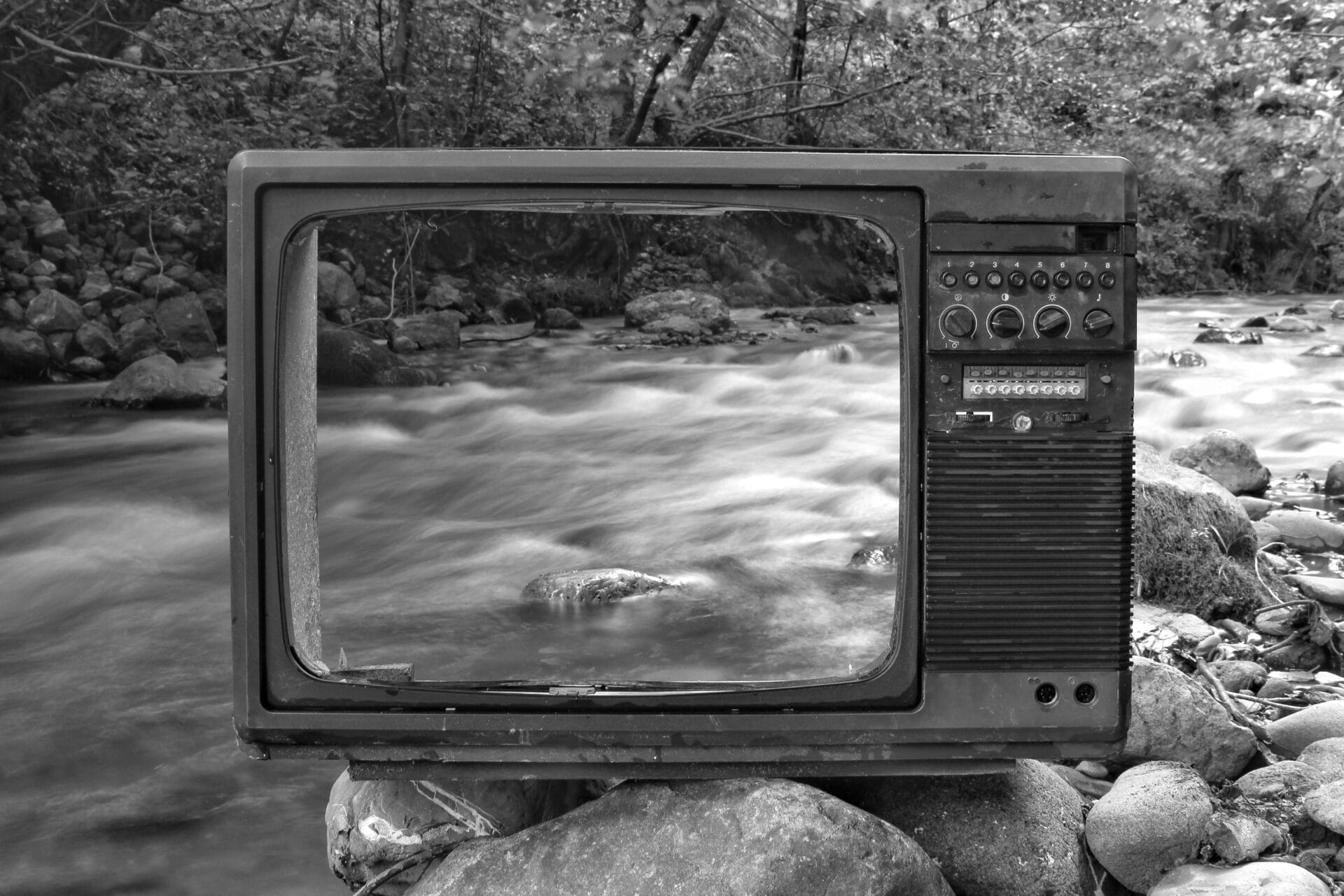Water damage can be an unexpected and costly experience, but understanding how long it takes to fix the water damage can help you plan for and manage the process. This article will provide an overview of the typical timeline for repairing water damage, as well as some tips on how to minimize the amount of time necessary for repairs.Water damage can be caused by a variety of different factors. The most common causes of water damage include excessive rain or flooding, plumbing leaks or ruptures, insufficient drainage around the home, leaking roofs, appliance malfunctions that involve water (such as a dishwasher or washing machine), and burst pipes.
Signs of Water Damage
Water damage can cause serious issues if it is not noticed and dealt with promptly. There are several signs that indicate water damage is present, which includes discoloration or staining of walls and ceilings, peeling paint, warping of wood surfaces, a musty odor, and mold growth.
Discoloration or staining on walls and ceilings is an indication that water is leaking from somewhere and has been for a while. Warping of wood surfaces such as floors or furniture can also be an indication that water has gotten into these areas over time. Peeling paint can be caused by moisture seeping into the wall through a leak or high humidity levels in the home.
A musty odor may be present if there has been water damage as mold spores thrive in moist environments. If mold growth is visible, it is likely there was a water issue at some point. Mold should not be ignored as it can cause serious health issues if left untreated.
It is important to identify any signs of water damage quickly to prevent further damage to the home and its occupants. If you suspect you have a water issue in your home, contact a professional immediately for assistance in resolving the issue before it becomes more serious.
Assess The Damage
The first step in fixing water damage is to assess the extent and cause of the damage. It is important to determine what kind of water caused the damage; clean or contaminated. If contaminated water is suspected, it is critical to take the necessary safety precautions. If possible, take pictures of the area and document any items that may have been damaged by the water. Once the cause and extent of the damage have been determined, it is time to move onto the next step.
Remove All Affected Items
Once you have identified all items that were affected by the water, it is important to remove them as soon as possible. This will help prevent further damage from occurring. Be sure to wear gloves and other protective gear when handling wet items. Place all affected items in garbage bags or plastic containers for disposal. Be sure to label them accordingly so they can be identified if needed later on.
Dry Out The Area
Once all affected items have been removed, it is time to begin drying out the area as quickly as possible. This can be done by opening windows and doors if possible, and using fans or dehumidifiers to speed up the drying process. It may also be necessary to move furniture away from wet areas so they do not become damaged further.
Clean And Disinfect The Area
Once the area has dried out completely, it is important to clean and disinfect all surfaces that were affected by the water. Use a mixture of bleach and water or another appropriate cleaning solution depending on what kind of surface you are cleaning (tile, wood, etc.). Once cleaned and disinfected, allow everything to air dry completely before moving onto the next step.
Repair Any Damaged Items And Surfaces
If any items or surfaces were damaged beyond repair due to the water damage, it may be necessary to replace them with new ones. If replacing drywall or other structural components, be sure that they are properly sealed against moisture so that future problems are prevented.
Prevent Future Water Damage
Finally, once all repairs are complete it is important to take measures in order to prevent future water damage from occurring in your home or business building. Inspect pipes for leaks on a regular basis and repair any issues promptly if found. Install sump pumps in areas prone to flooding and use waterproofing products on basements walls if needed..
How Long Does It Take To Identify And Assess Water Damage?
Identifying and assessing water damage can take anywhere from a few hours to a few days, depending on the severity of the damage. If it is a small problem, such as a leaky pipe or appliance, it may only take an hour or two to assess the damage and come up with a plan of action. However, if it is a larger issue such as flooding or sewage backup, it may take longer to identify and assess the full extent of the damage. In these cases, an experienced professional should be contacted immediately to ensure that all affected areas are properly identified and assessed.
The first step in identifying and assessing water damage is to determine the source of the water. This can usually be done by visually inspecting any visible areas affected by water. In some cases, additional tests may need to be conducted using instruments such as moisture meters in order to accurately determine the extent of moisture present in various materials. Once the source has been identified, then it can be determined how much water has entered into the home or business and what type of materials have been affected.
The next step is to assess any structural damage that may have occurred due to the presence of water. This includes checking for any signs of mold growth, warping or discoloration in walls or floors, as well as any damages that may have been caused by excess moisture seeping into electrical systems or other components within the home or business. It is important to identify all potential areas where water has caused damage so that all necessary repairs can be completed properly and quickly.
Finally, once all areas have been identified and assessed for potential water damage, a plan for repair should be put into place immediately in order to prevent further issues from occurring in the future. This plan should include steps for removing standing water from all affected areas as well as strategies for restoring any damaged materials back into their original condition whenever possible. By taking these steps quickly and efficiently after identifying and assessing all affected areas from water damage, homeowners and businesses alike can help ensure their safety while minimizing their losses due to this type of situation.
Repairing Structural Damage From Water
Repairing structural damage caused by water can be a time consuming and expensive process. Depending on the extent of the damage, it can take anywhere from several days to several months to fully repair the damage. The amount of time it takes largely depends on the severity of the damage and how long the water has been present.
The first step in repairing structural damage from water is to identify where and how much water has infiltrated the structure. This may involve removing sections of drywall or flooring in order to assess the extent of the damage. Once this has been identified, a plan for repairs needs to be developed and approved by a qualified professional.
Next, any damaged materials need to be removed and replaced with new materials that are resistant to water infiltration or dampness. This could include installing waterproof membranes, sealing cracks in foundations, replacing damaged insulation, or installing new flooring or drywall.
After these steps are completed, it’s important to make sure that any affected areas are properly ventilated in order to prevent mold growth. This could involve installing fans or dehumidifiers if necessary. It’s also important to inspect any pipes or appliances connected to plumbing systems for potential leaks as well as any other sources of moisture such as air conditioners or humidifiers that may need repair or replacement.
Finally, once all repairs have been completed, it’s important to monitor affected areas for any signs of recurring damage such as leaks or mold growth. Regular inspections should be conducted every few months in order to ensure that all repairs remain effective over time and that no further issues arise due to moisture infiltration.
In conclusion, repairing structural damage from water can take anywhere from several days up to several months depending on the severity of the issue and how long it has been present. It’s essential that proper steps are taken in order to identify where and how much water infiltration has occurred before proceeding with repairs in order for them to be effective over time.

Replacing Damaged Items
Replacing damaged items can be a time consuming process, but it doesn’t have to be. Depending on the type of item and the severity of the damage, it can take anywhere from a few days to several weeks to replace an item.
For smaller, less expensive items such as books or toys, the replacement process may only take a few days. These items are usually easy to find and can often be replaced quickly by purchasing them from a local store or ordering them online.
More expensive items such as electronics can take significantly longer to replace, since they may need to be shipped from the manufacturer or special ordered from a retailer. In these cases, it is important to contact the manufacturer or retailer as soon as possible in order to get started on the replacement process. It may also take several weeks for the item to arrive once it is ordered.
In some cases, certain items may not be able to be replaced at all due to availability or other factors. In this situation, customers may be offered a refund or store credit instead of a replacement item. This is something that should always be discussed with customer service representatives when dealing with damaged items.
Overall, how long it takes to replace damaged items can vary greatly depending on the type of item and its availability. Customers should always discuss their options with customer service representatives in order to determine how long it will take for their item to be replaced and what their best option might be in terms of getting a replacement item quickly and efficiently.
Professional Services for Fixing Water Damage
Water damage can be a difficult and time-consuming problem to fix. It requires specialized knowledge and the right equipment to ensure that it is done correctly. Professional services can help with fixing water damage by providing expert assessment, repair, and restoration services. These services include inspecting the affected area for any structural damage, extracting standing water, and drying out the area using specialized equipment such as dehumidifiers. They can also provide mold remediation services if mold growth has occurred due to the water damage. Additionally, they offer a variety of other services such as repairing damaged walls and flooring, replacing insulation, restoring furniture and fixtures, as well as sanitizing the affected area. Professional services are often essential when dealing with large scale water damage or when dealing with complex situations such as flooding or sewage backup. They have the expertise to quickly identify potential problems and take necessary steps to prevent further damage or contamination.
Professional services are also beneficial because they can help mitigate any health risks associated with water damage. By restoring the affected areas properly, they can prevent mold growth which can cause serious health issues if left untreated. Additionally, they will use special cleaning solutions to disinfect any areas that may have been contaminated by bacteria or other contaminants in the water. Professional services will also document their work so that insurance claims can be made if necessary. This documentation is especially important if there is significant structural damage that needs to be repaired.
Overall, professional services are an invaluable resource when it comes to fixing water damage quickly and effectively. Their expertise can help minimize any potential health risks associated with water damage as well as reduce costs associated with repairs and replacements due to extensive property loss or damages caused by flooding or sewage backup.
Seal Basement and Foundation Cracks
One of the best ways to prevent water damage in the home is to seal any cracks in the basement or foundation. This can be done by using a caulking gun to fill in any holes, cracks, or gaps. This will help keep moisture from entering your home and causing damage. It’s also important to ensure that all windows and doors are properly sealed, as these can also allow moisture into your home. Additionally, check for any areas of the roof or siding where water can enter your home and seal them accordingly.
Install Gutters
Installing gutters around your home is another great way to prevent water damage. Gutters help redirect rainwater away from your house so it doesn’t pool near the foundation or seep into walls. Additionally, make sure the downspouts are connected to an appropriate drainage system away from your home. This will ensure that excess water doesn’t collect around the foundation of your house and cause any long-term damage.
Fix Leaks Immediately
If you notice any leaks in pipes or appliances, it’s important to address them immediately before they cause further damage. Leaks left unchecked can rapidly spread throughout a room and cause significant water damage in a short amount of time. It’s also important to check for hidden leaks regularly — such as those under sinks or behind walls — as these can often go undetected for longer periods of time.
Check Outdoor Hoses and Faucets
Outdoor hoses and faucets should be checked periodically for signs of wear and tear that could lead to leaks or other problems. Make sure all hoses are disconnected from faucets when not in use, as this will help prevent leakage when not actively using them. Additionally, check outdoor hoses for any kinks or weak spots that may be prone to breaking over time.
<h2Regular Maintenance
Regular maintenance is essential when it comes to preventing water damage in your home. Regularly inspect plumbing fixtures, pipes, and appliances for signs of wear or visible leaks. Additionally, check roofs regularly for missing tiles or shingles that could allow rainwater into your home. Finally, make sure all drainage systems are functioning properly so water is directed away from the house.

Conclusion
Determining how long it will take to fix water damage depends on the extent of the damage, the type of materials affected, and the resources available. In some cases, it may only take a few hours to repair and dry out damaged items. In other cases, more extensive repairs or replacements may be required. It is important to assess the situation quickly and contact a water damage specialist for proper diagnosis and remediation.
The most important step is to act quickly when water damage occurs. The longer water is left standing, the more potential for structural damage or mold growth. Having a trained professional inspect and diagnose the issue can help save time and money in the long run. Taking proactive measures against water damage can also help protect your property from further harm in case of flooding or other disasters.

